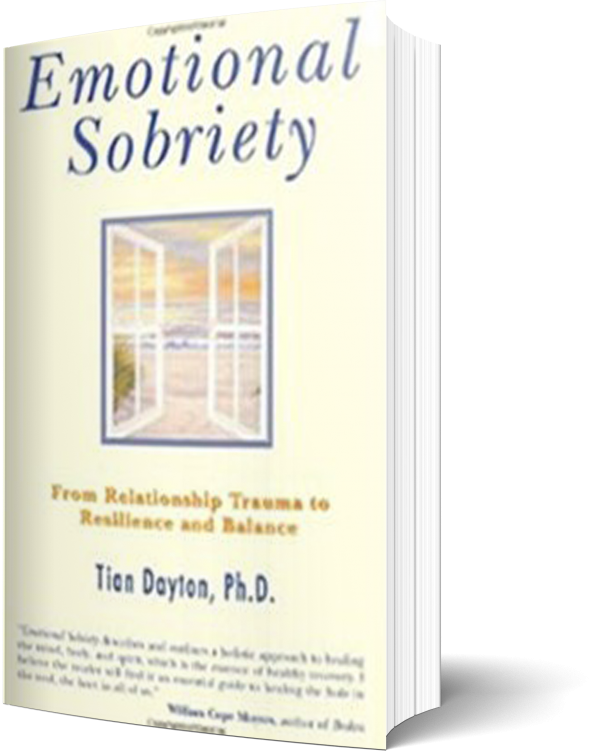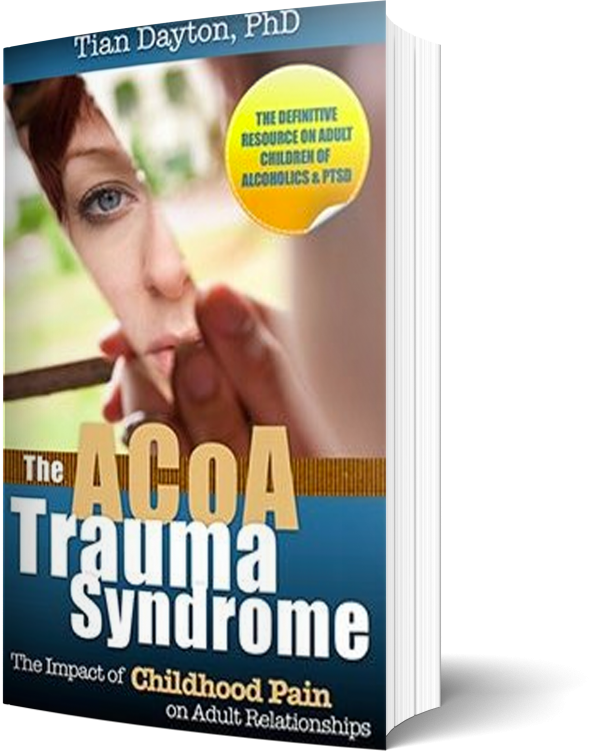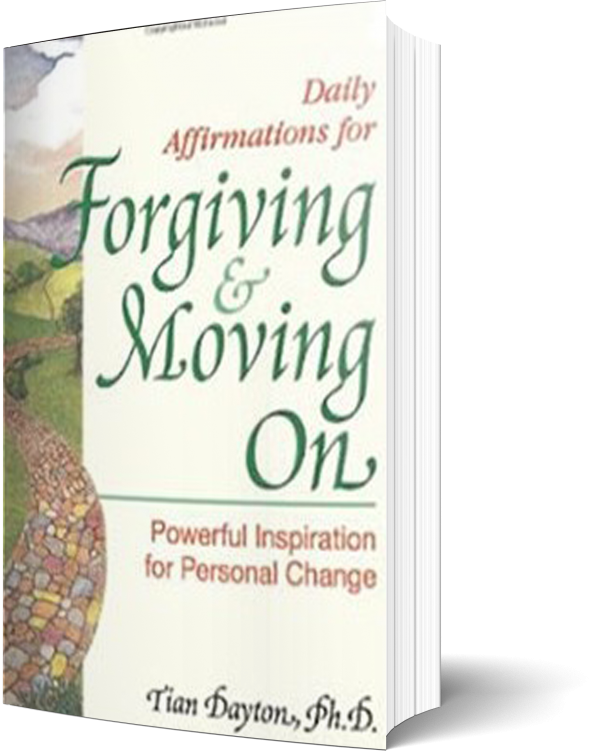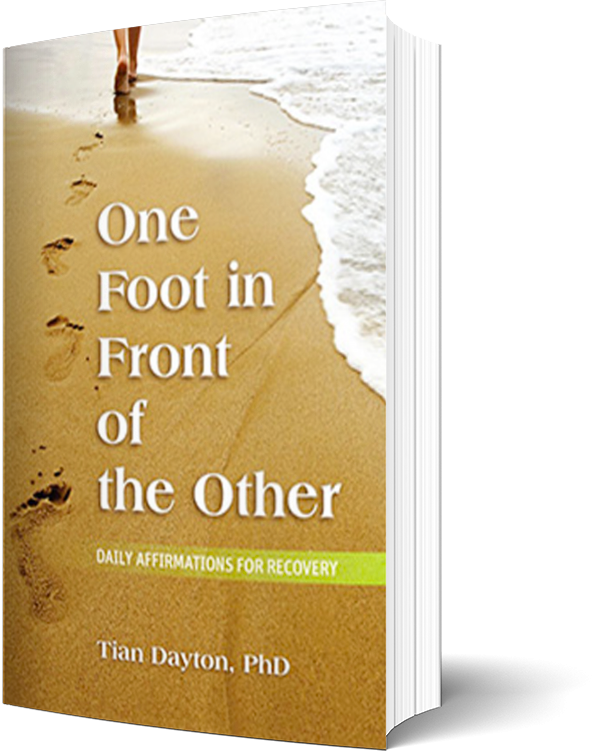I received so many interesting replies from my post on how exercise can help with depression that I wanted to blog about those today. This reply says it all…”I think I read 20 years ago that the way they created depression in lab animals was to restrict their movement.” We have to move to activate the “feel good” body chemicals that are built into us as nature’s mood stabilizers and mood elevators.
The next response is much longer but important………I quote it here…
“One thing that isn’t mentioned in this article is, when you stop exercising or stop the antidepressants, the depressive symptoms can return if the underlying issues have not been addressed. Oftentimes the medication will be prescribed for a depressed patient so that they can begin to feel good enough to participate actively in therapy. And research on therapy is now suggesting that it doesn’t matter what TYPE of therapy you do, as long as you do something. As Dr. Dayton mentioned, being proactive in your life — that is, taking actions on your own behalf rather than being a passive participant — has a healing effect of it’s own. When it comes to mental health issues, no one can “fix” anything for you. You have to do the work yourself…”
As a clinical therapist myself, I want to extend this point. We have become a country of “quick fix” types. I encounter this a lot in clients. They want to get better now, soon, fast. They don’t want to have to go through much feeling bad in order to feel good. They want the pain to stop. I often work with addicts who are used to reaching for a substance like drugs or alcohol or a behavior like sexual acting out to manage their moods. When they get sober and enter therapy they are left with the pain and nothing to dull it.But as they really surrender to the process of personal growth, they find that taking a hold of their own lives and moving forward one step at a time actually gets them to a good place faster than their addictions did. Drugs became an emotional crutch that weakened their emotional muscles. Therapy strengthens them from within. And eventually they find that there is joy and sense of accomplishment in small gains. In the painstaking but deeply relieving work of finding pieces of themselves that they have shoved into hiding and bringing them into the light of day where they can see and make sense of them. Maybe they disowned parts of themselves because they were ashamed, or thought they would alienate people or because actually allowing themselves to feel momentarily bad or sad made them feel scared, weak and vulnerable.
But over time, there is no substitute for building self knowledge and emotional muscle. Unused muscles atrophy. In just the same way that we build our endurance for movement through exercise, we build our muscles for inner movement through therapy and support groups like twelve step programs. The best way to build a muscle is by taking it to its point of strain, maybe holding it for a while and releasing it. Emotional muscle is built in much the same way. Initially going to painful places within can feel too hard, but as we stay there, our fear reduces and something wonderful happens. We find we can keep going. The pain can actually transform into a kind of positive energy as we cease to deny it and try to run from it. What we keep in a frozen, unfelt stat doesn’t shrink, it grows within us. It holds energy and drags on us from within. As we turn and face our fears, they dissipate, we build strength, our mind and heart expand and pieces of the puzzle of ourselves begin to fall into place. We release emotional and spiritual energy that has been blocked and we can use it to propel and motivate ourselves. Or just to be, enjoy and experience life, ourselves and our relationships more fully. To fuel our passion.
There is no better feeling then having trust in our own selves. In our ability to meet the demands of a situation because we feel confident in our own inner strength and resilience, because we know ourselves well enough so that we’re not scared of being blind sided. We have some sense that we’ll be OK, we’ll be able to manage.
There is no substitute for building emotional, mental and spiritual solidity and cohesion. That is what medication should be for, to allow someone who is feeling flooded to be able to tolerate their painful feelings well enough so that they can learn from them and grow through them. Medication without therapy is not nearly as effective as medication with therapy.
So thanks to all those who made helpful and insightful comments!





